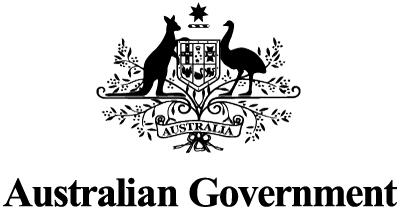Royal Life Saving brings people together to eliminate drowning and empower communities to be safe around the water. Since the first Royal Life Saving National Drowning Report in 1995, producing high quality research to guide Australian drowning prevention efforts has been a cornerstone of Royal Life Saving activity. Data guides our decisions and actions wherever possible, and we are dedicated to sharing insights with others in order to eliminate drowning in Australia. The Royal Life Saving Data Portal is a place where the public can interact with Royal Life Saving data and request additional information from the Research Team.
Anyone may create a free account and login to the Portal by clicking the Subscribe / Login link above.
Current Data Portal Features
National Fatal Drowning Dashboard
The Royal Life Saving National Fatal Drowning Database Dashboard is an interactive platform where users can query information from the Royal Life Saving National Fatal Drowning Database. The National Fatal Drowning Database features detailed variables on the circumstances of all unintentional drowning deaths that have occurred in Australian waterways since 1 July 2002. The Dashboard shows data previously published in National Drowning Reports. Users may build a custom time series line chart, bar charts, and tables, with both the fatal drowning count and rate per 100,000 population. Users may select which variables they want to see and how, filtering the graphic or table on a variety of different settings. New drowning cases from the previous year are added to the dashboard annually when the National Drowning Report is released, typically in September of each year. Updates to the dashboard also occur periodically throughout the year as information on previous cases becomes available.
Advanced Fatal Drowning Request
Users may submit a data request to the Royal Life Saving Research Team for information that is not currently available in the Dashboard. The standard turn around time for data requests is 10 business days; Royal Life Saving reserves the right to charge an administrative fee for rush requests and/or data requests that require additional resources from the Research Team.
The drowning prevention research of Royal Life Saving - Australia is supported by the Australian Government.


